Table of Contents
Admit it—there’s something oddly satisfying about digging into ecommerce CRO statistics especially when they show what’s actually working for top Shopify stores.
Whether you’re a seasoned marketer or just trying to figure out why your conversion rate is stuck, these numbers can give you the clarity you’re looking for.
We crunched data from the top 1,000 Shopify stores to uncover the conversion rate optimization statistics driving real results in 2026.
In this guide to Shopify CRO statistics, we’ll break down the exact tools and strategies top-performing ecommerce brands are using to optimize conversion rates in 2026.
Top CRO statistics for Shopify stores you need to know
Ready to take a look at the top conversion rate optimization stats for online stores this year? Let’s get into it.
1. 39.4% use popups
Only 39.4% of Shopify stores use pop-ups, which means the majority are missing out on one of the most effective CRO tools available.
When done right, popups work—they capture emails, reduce bounce rates, and recover abandoned carts.
Our data shows that the average conversion rate for popups is 11.09%. The key is timing and relevance, like triggering them on exit intent or after a user shows interest.
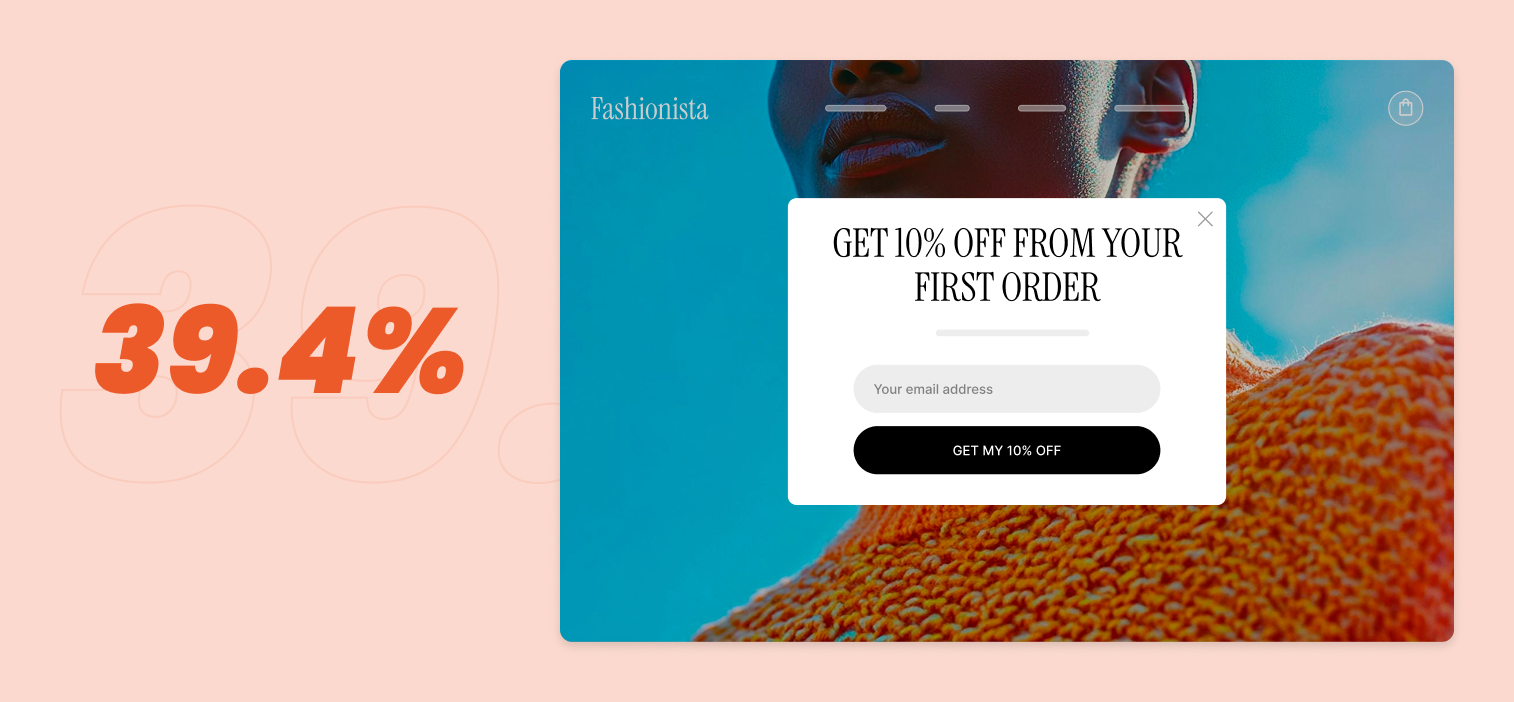
Many merchants skip them, fearing they’ll annoy visitors. But well-targeted popups don’t interrupt—they convert.
If you’re not using them yet, you’re leaving easy wins on the table. Start here with proven popup templates to hit your goals:
2. 40% run A/B tests
About 40% of Shopify stores are actively running A/B tests. The other 60%? They’re still stuck guessing what works best.
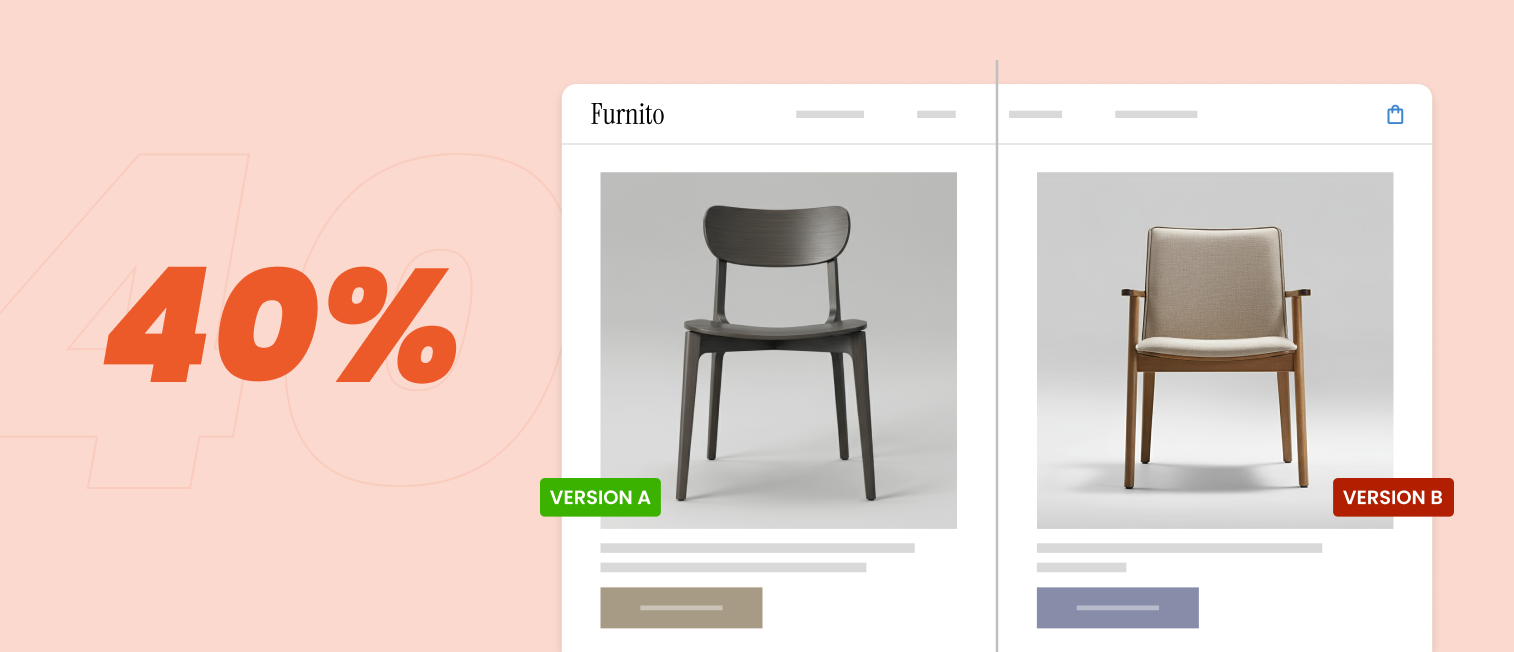
A/B testing isn’t just for big brands. It’s one of the most powerful tools in your CRO toolkit.
It removes the guesswork and gives you data-backed answers to critical questions… Which product page layout works better? Should that call-to-action be blue or red? Does your headline grab attention or get ignored?
Despite growing adoption, many merchants still avoid A/B testing because they think it’s too complex or time-consuming.
But with tools like OptiMonk, VWO, Nosto, Shoplift, and Optimizely, the process has never been more accessible.
3. 88.6% offer free shipping
88.6% of Shopify stores now offer free shipping. And it’s not just a nice-to-have perk for buyers—it’s often the deciding factor in whether someone completes a purchase.
For ecommerce businesses, offering free shipping can significantly enhance the shopping experience and increase conversion rates. And even more importantly, today’s customers have come to expect free shipping, especially when shopping from online stores with sleek, modern experiences.
If you’re charging for shipping, there’s a good chance you’re losing sales to competitors who aren’t.
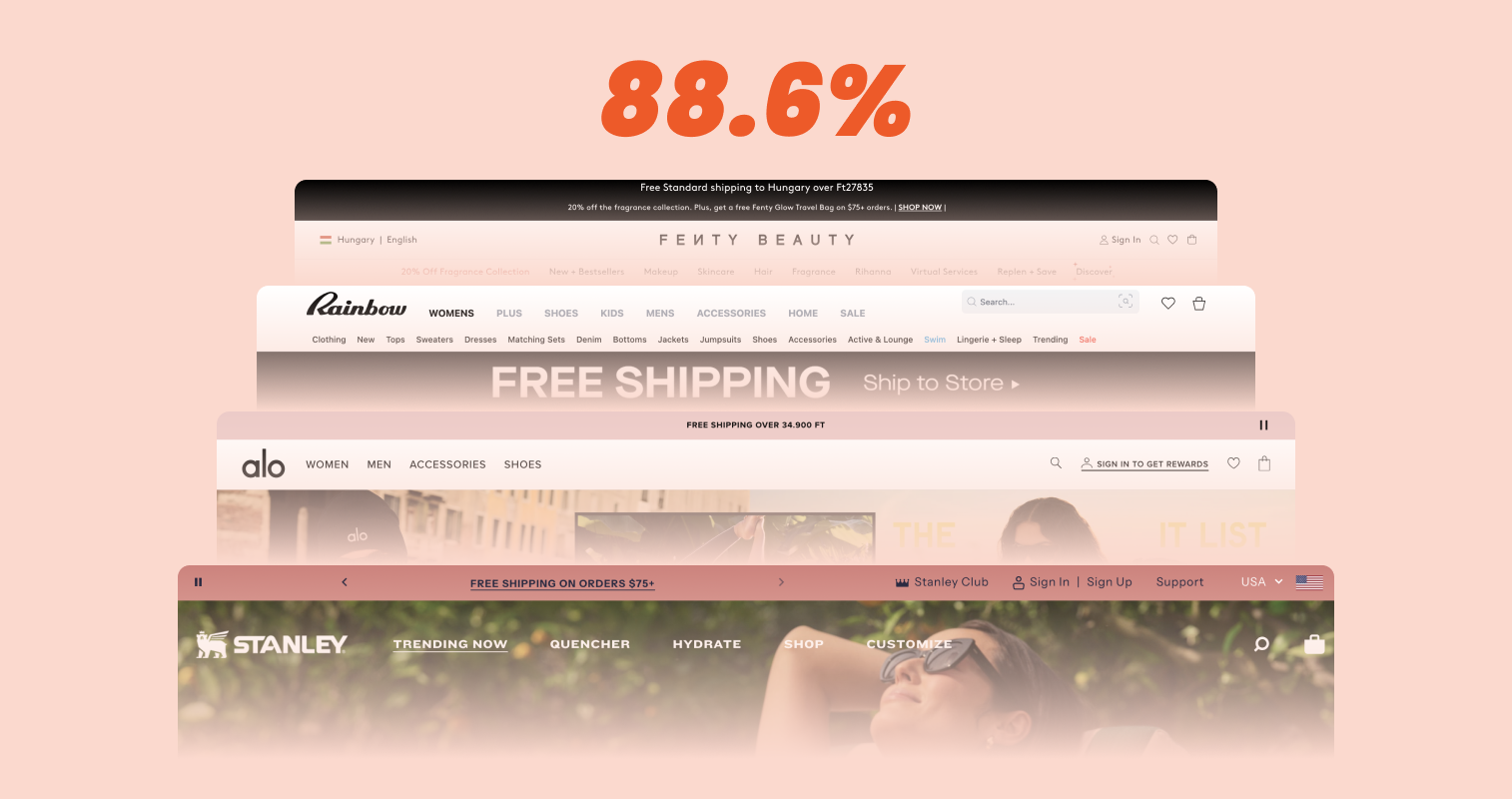
The good news? You don’t have to eat the cost entirely. Many stores build shipping costs into product prices or set minimum order thresholds to unlock free shipping. This not only preserves margins but also encourages shoppers to add more items to their cart.
If you’re not offering free shipping, it’s time to reassess. The data makes it clear—this is one of the biggest incentives you can offer to drive conversions and attract more website visitors.
Get started with these templates today:
4. 96.8% build email lists
Email remains king, with 96.8% of stores investing in list building. If you’re not capturing emails from the moment visitors land on your site, you’re leaving long-term revenue on the table.
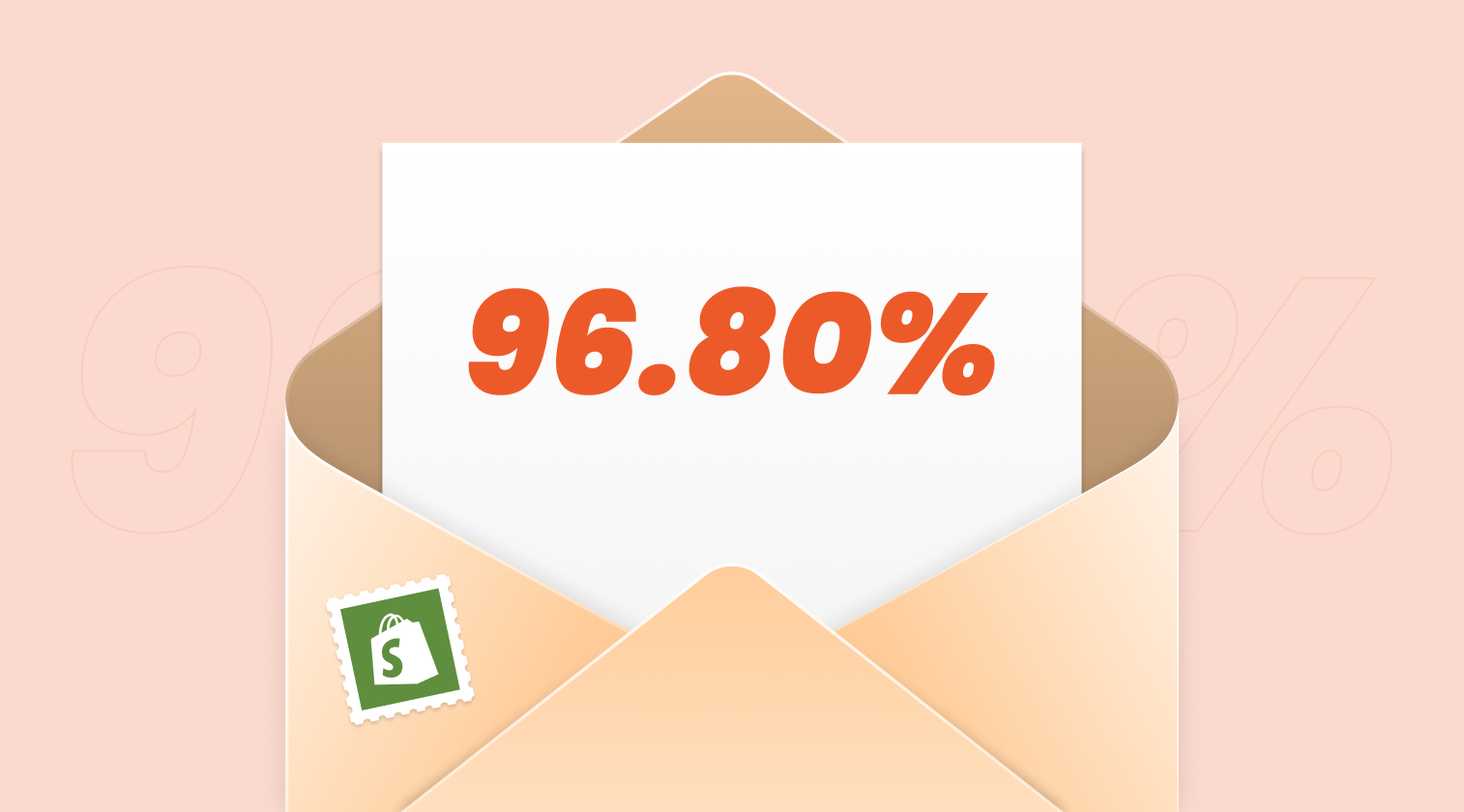
Automated email flows—like welcome sequences, abandoned cart emails, and post-purchase follow-ups—are a must-have.
5. 57.9% use SMS
SMS is also gaining serious ground, with 57.9% of stores now using it.
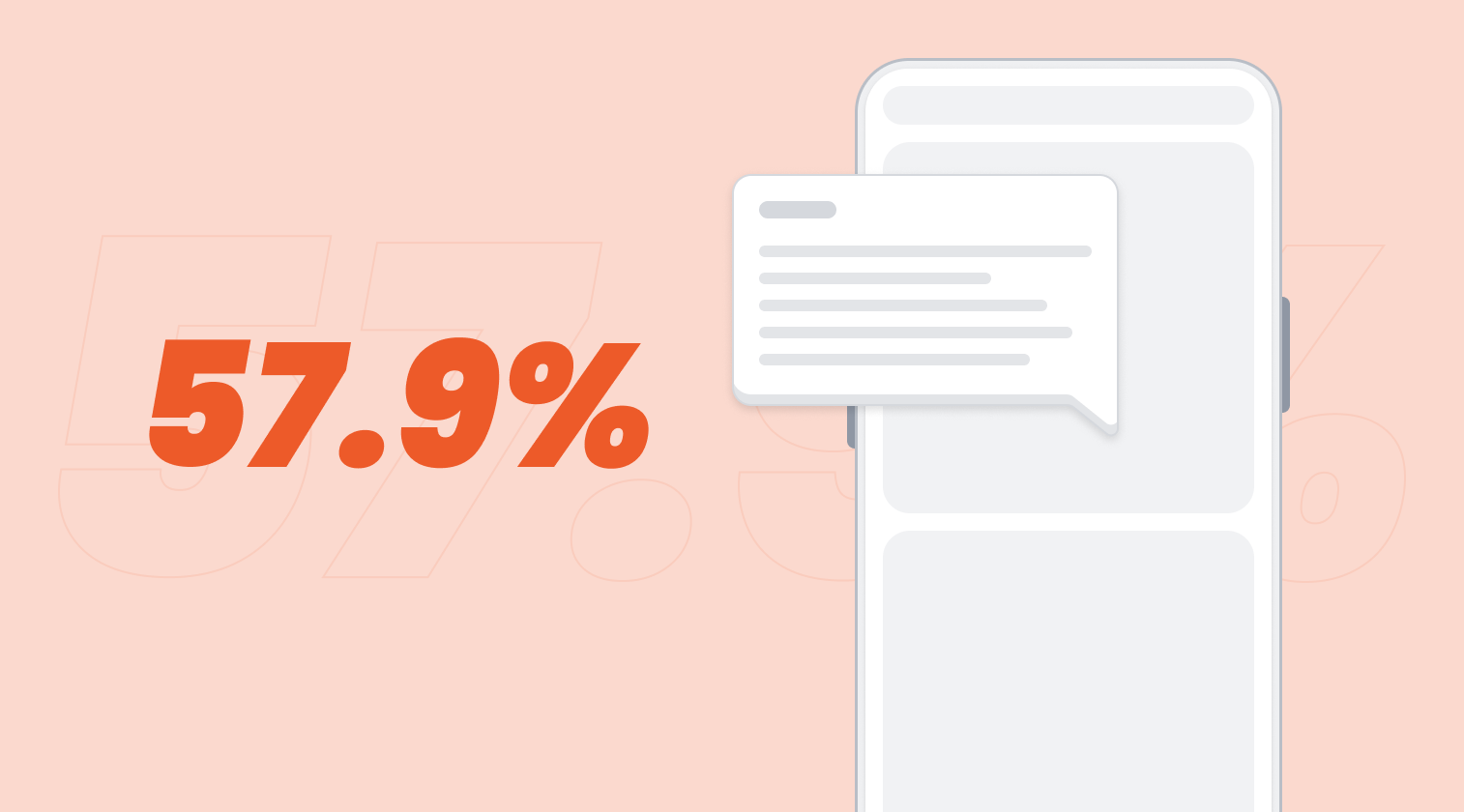
Shoppers open texts faster than emails, making SMS ideal for time-sensitive promotions or transactional messages like shipping updates.
6. 50% use live chat
Live chat adoption is at roughly 50%, but only 36% of those stores use AI-enhanced chat features. That’s a missed opportunity. AI-powered chat can answer common questions instantly, resolve doubts, and recover sales without human intervention.
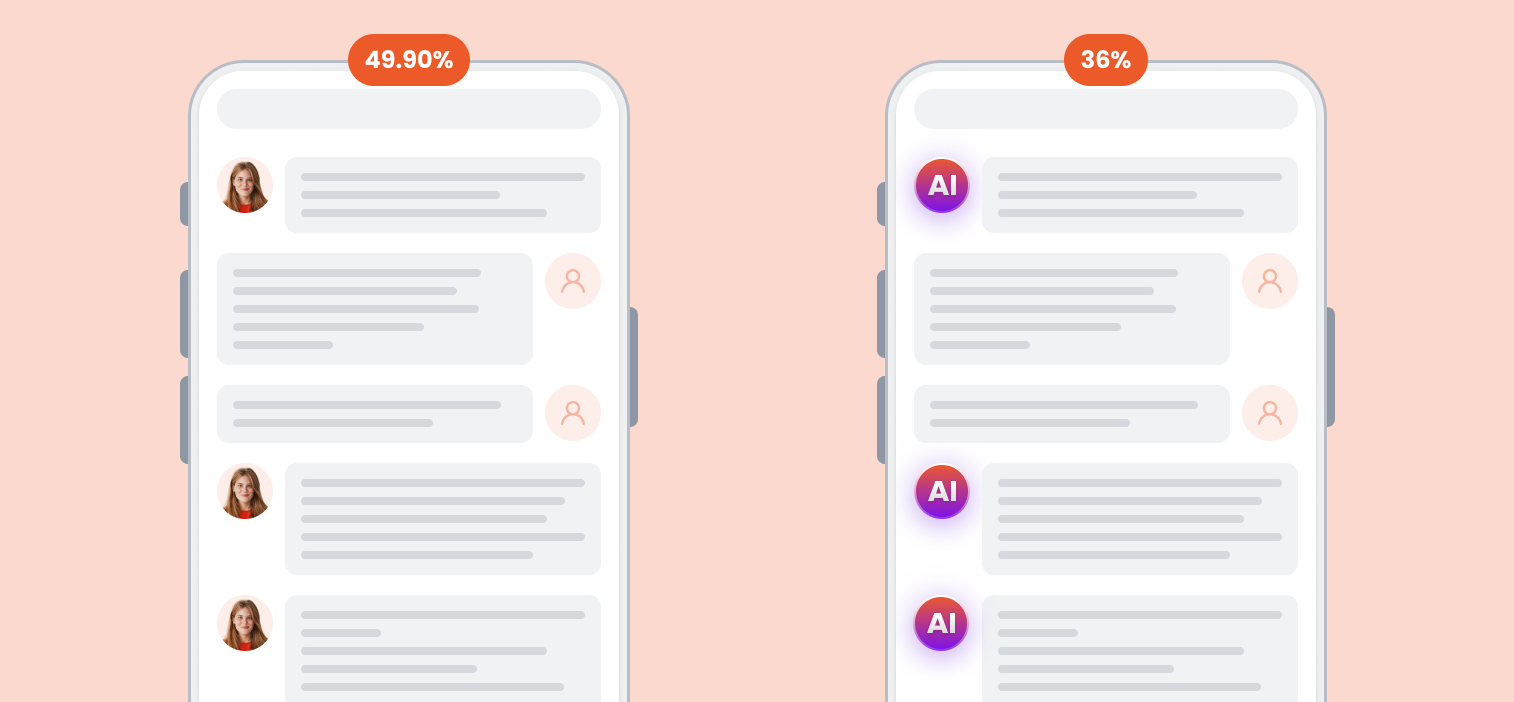
Together, these three channels form a complete engagement system—each one supporting the others to deliver a seamless customer experience.
7. Loyalty (49.1%) & referral (53.3%) programs still underused
Loyalty and referral programs aren’t just buzzwords—they’re proven drivers of repeat purchases and customer retention.
Today, 49.1% of Shopify stores have loyalty programs, while 53.3% offer referral incentives. That means nearly half of stores don’t—which presents a big opportunity for those who want to stand out.
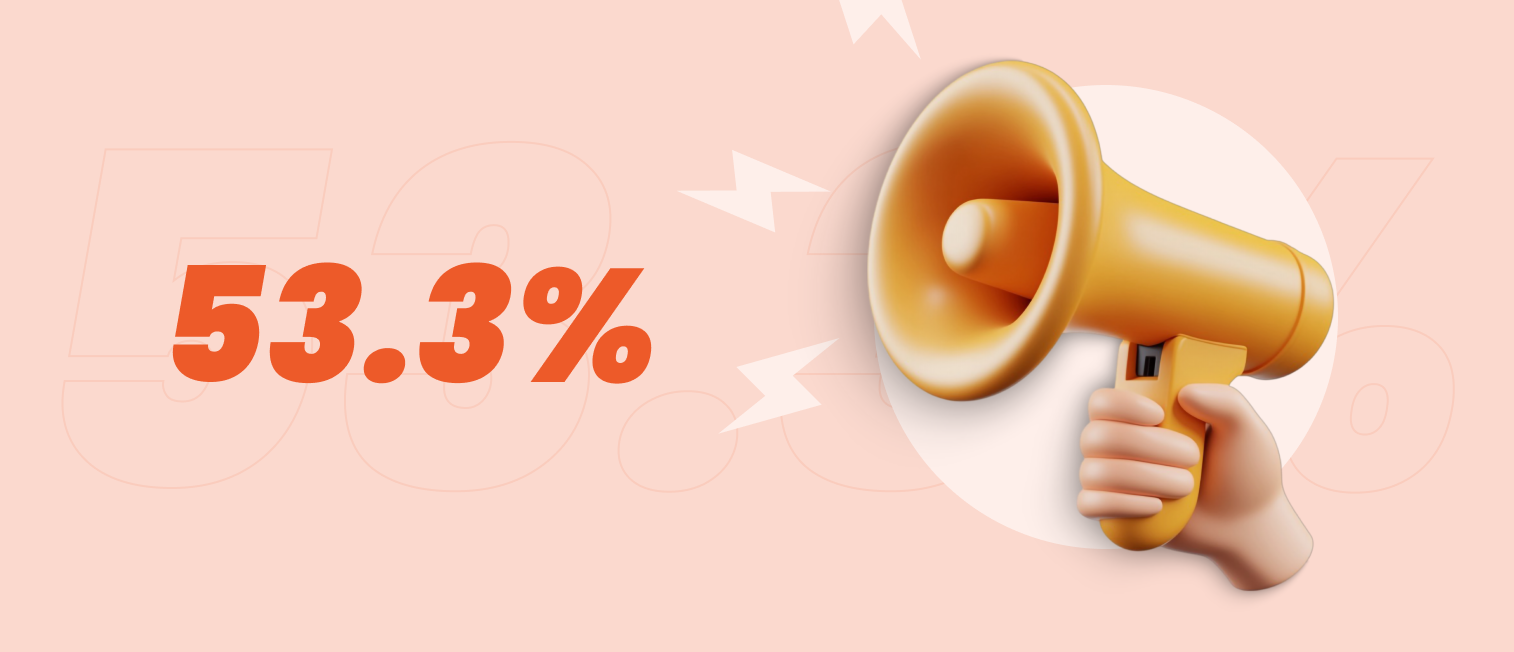
A well-structured loyalty program keeps your customers coming back, so it’s a bonus for your conversion rate optimization efforts.
Think point systems, VIP tiers, or rewards for repeat purchases.
Referral programs, on the other hand, turn your customers into your marketing team. Offering discounts or store credits for successful referrals can bring in high-converting traffic at a low cost.
Both programs also provide valuable data about your most engaged customers—data that can be used to personalize future marketing and boost conversion rates.
If you’re looking for sustainable growth, loyalty and referral programs are worth it.
8. Klaviyo is used by 70.9% of stores
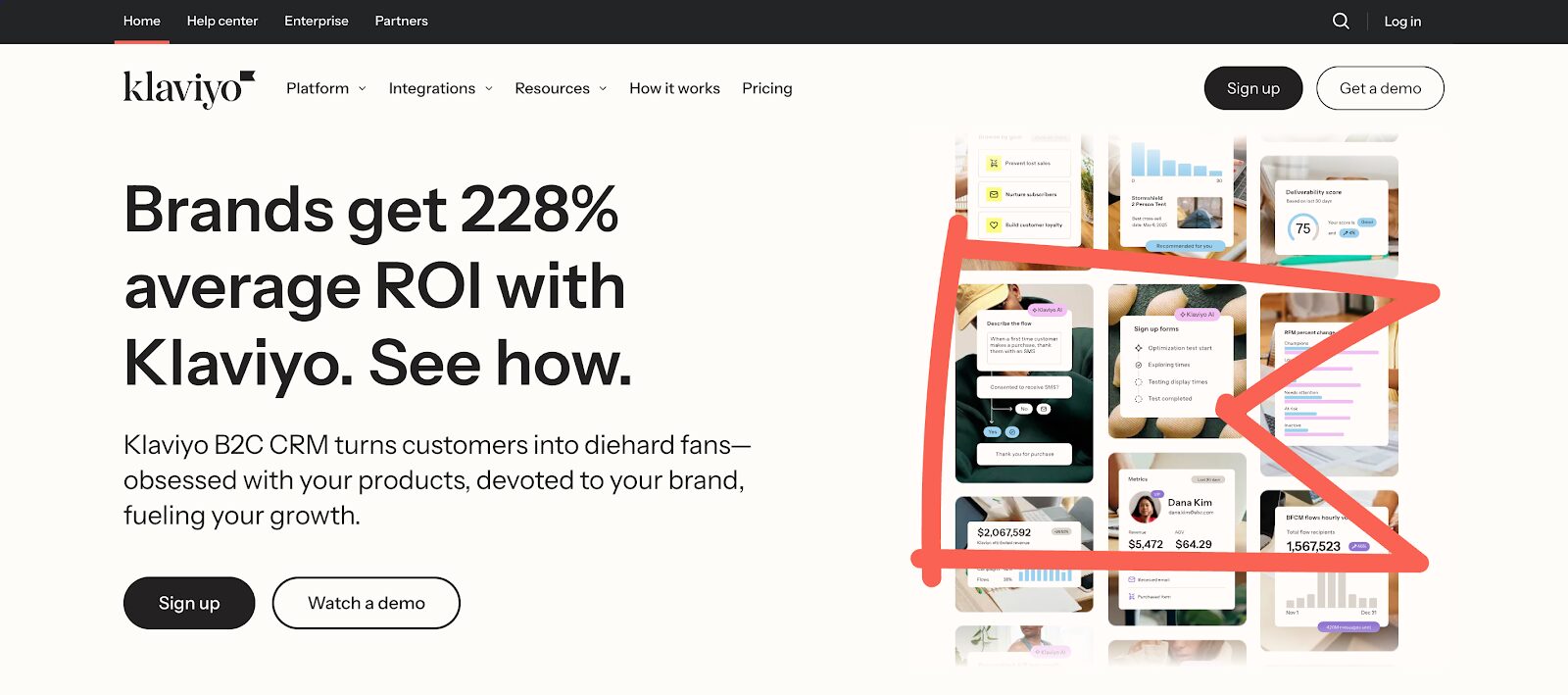
Klaviyo remains the undisputed leader in email marketing and SMS for Shopify. It’s built for growth, with advanced segmentation, predictive analytics, and real-time automation.
From personalized product recommendations to abandoned cart recovery, Klaviyo’s services are designed for the needs of online stores, helping ensure your buyers become loyal customers.
9. 33.4% use Attentive for SMS
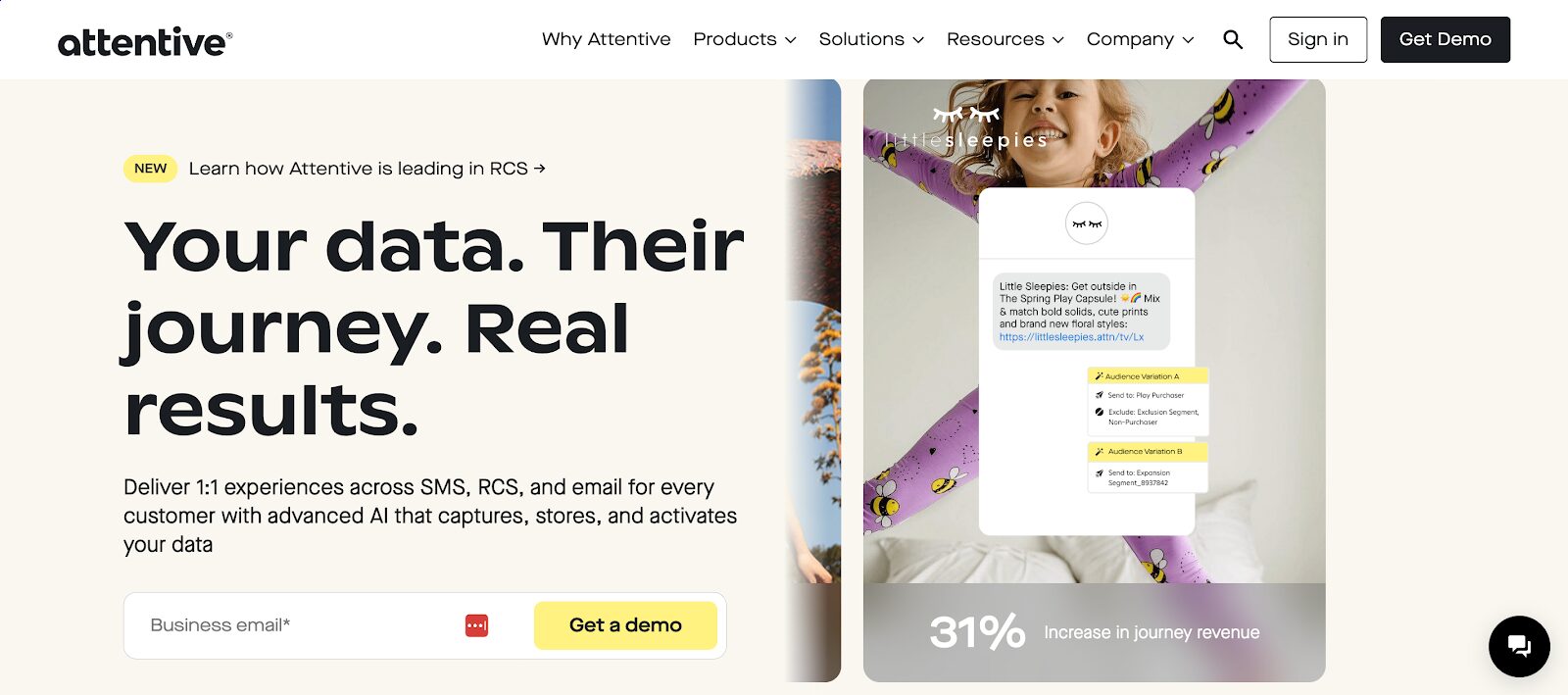
Attentive, used by 33.4% of Shopify stores, is built specifically for SMS and MMS campaigns.
With a mobile-first interface, it’s perfect for delivering high-impact, time-sensitive messages that get opened fast. Think flash sales, restock alerts, and post-purchase follow-ups—all delivered where your customers are most active: their phones.
10. 28.4% trust Gorgias to turn support into sales
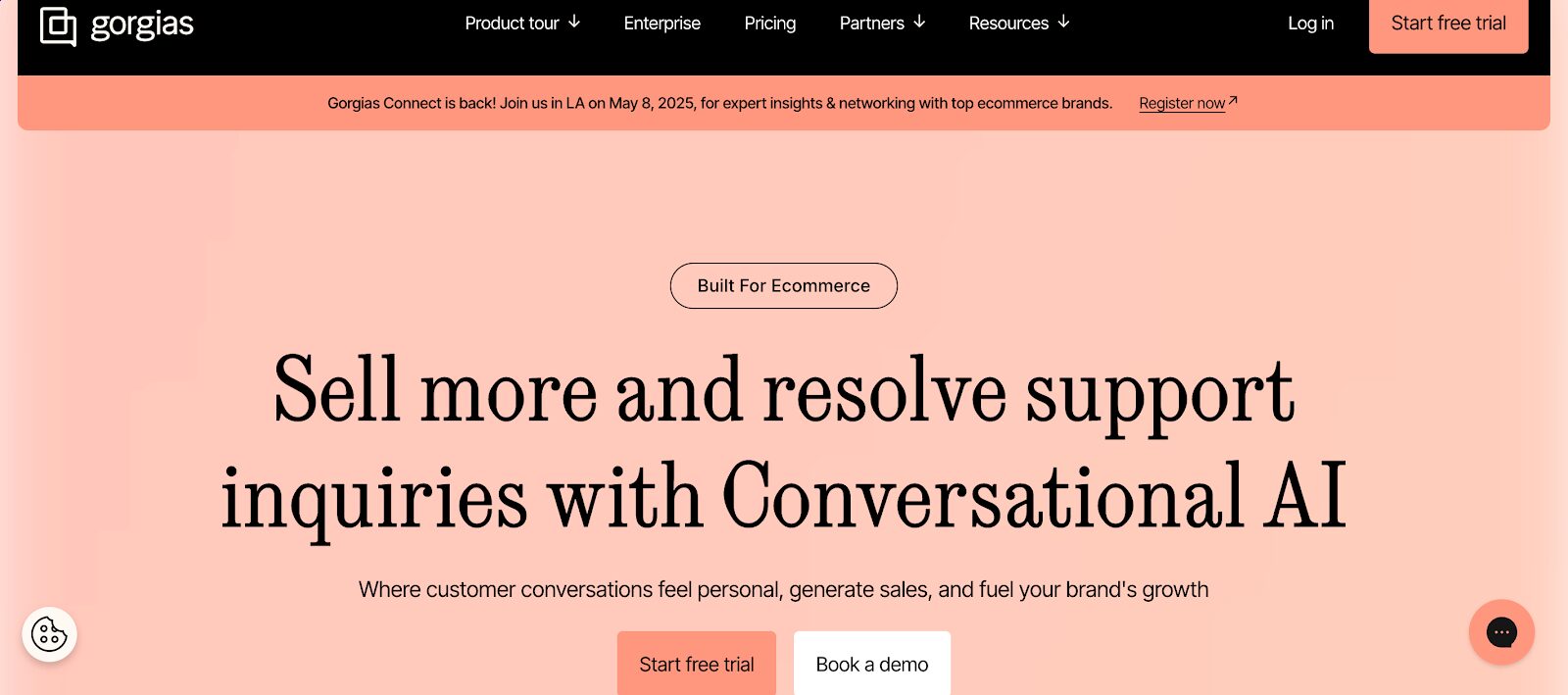
Gorgias isn’t just a helpdesk—it’s a CRO tool disguised as customer support.
Pulling in ecommerce customer and order data directly from Shopify, it allows your support team to resolve issues quickly and even drive sales during conversations. Real-time, personalized responses build trust—and that trust converts.
11. 26.9% collect reviews with Yotpo
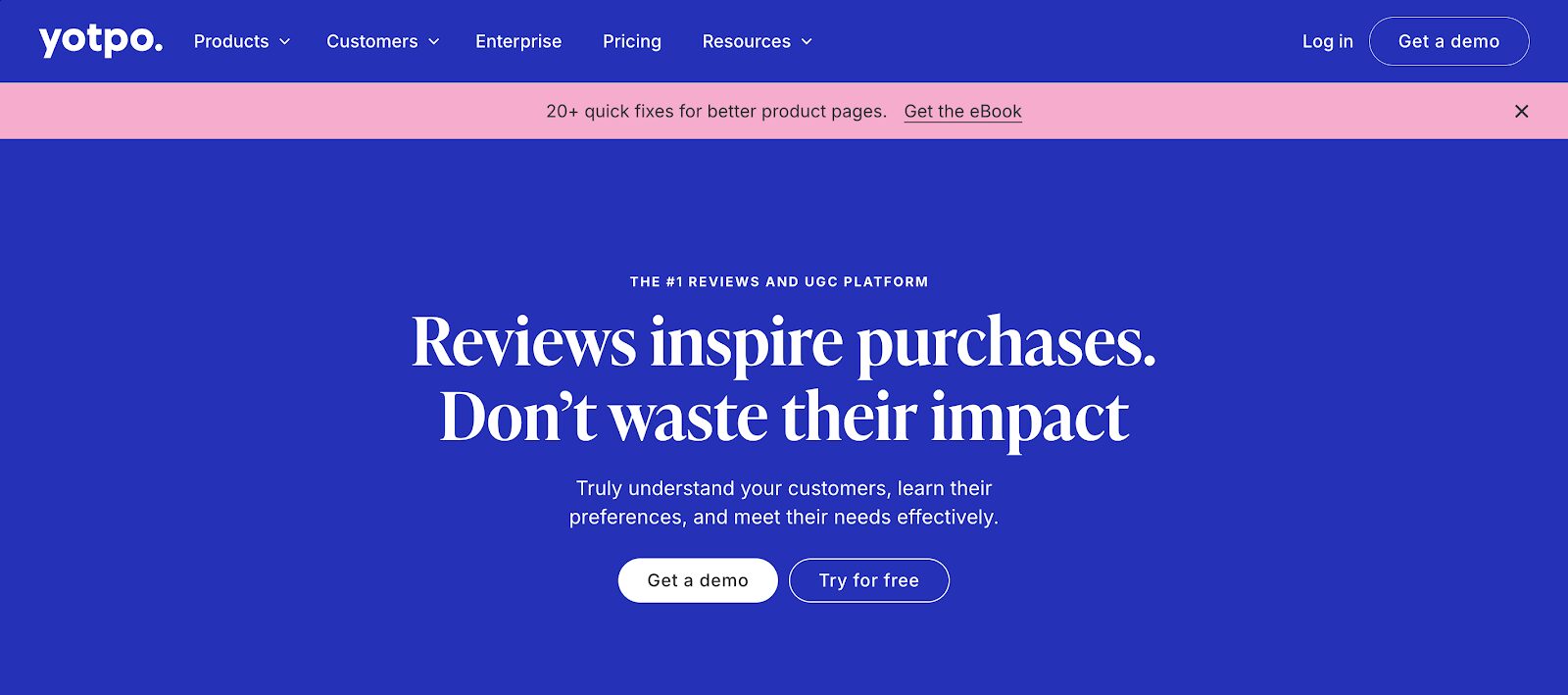
Social proof is powerful, and Yotpo makes it easy.
It collects verified reviews, star ratings, and user-generated photos to showcase directly on product pages. Nearly 9 in 10 shoppers read reviews before buying, yet only around 25% of stores fully leverage visual user-generated content. Seeing real people use your product is one of the best ways to build trust with first-time buyers.
12. 24.4% scale support with Zendesk
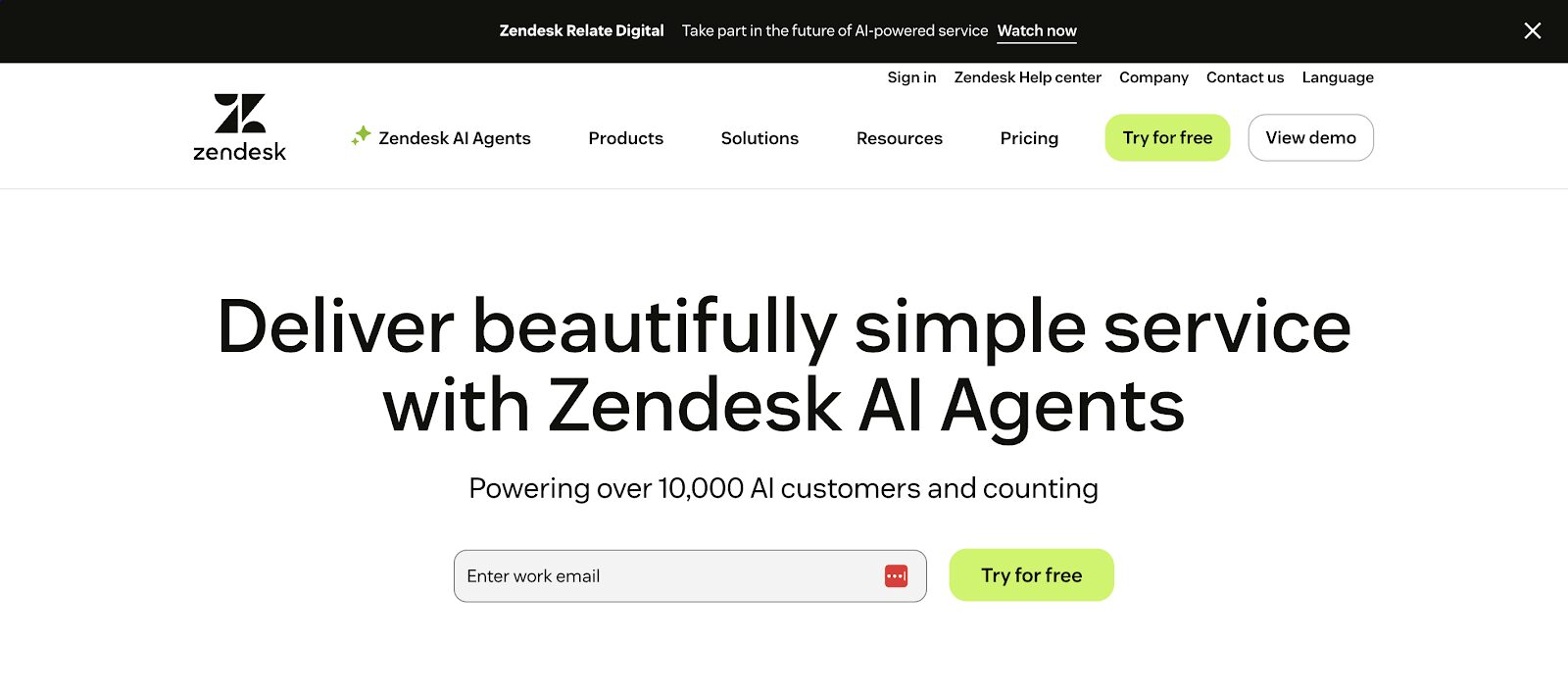
Nearly a quarter of stores use Zendesk, which offers scalable, omnichannel support that covers live chat, email, and social platforms.
It’s especially useful for high-volume stores that need to streamline communication across multiple channels. Faster, more consistent support means fewer drop-offs during the buying journey.
13. 23.8% customize checkout with Checkout Blocks
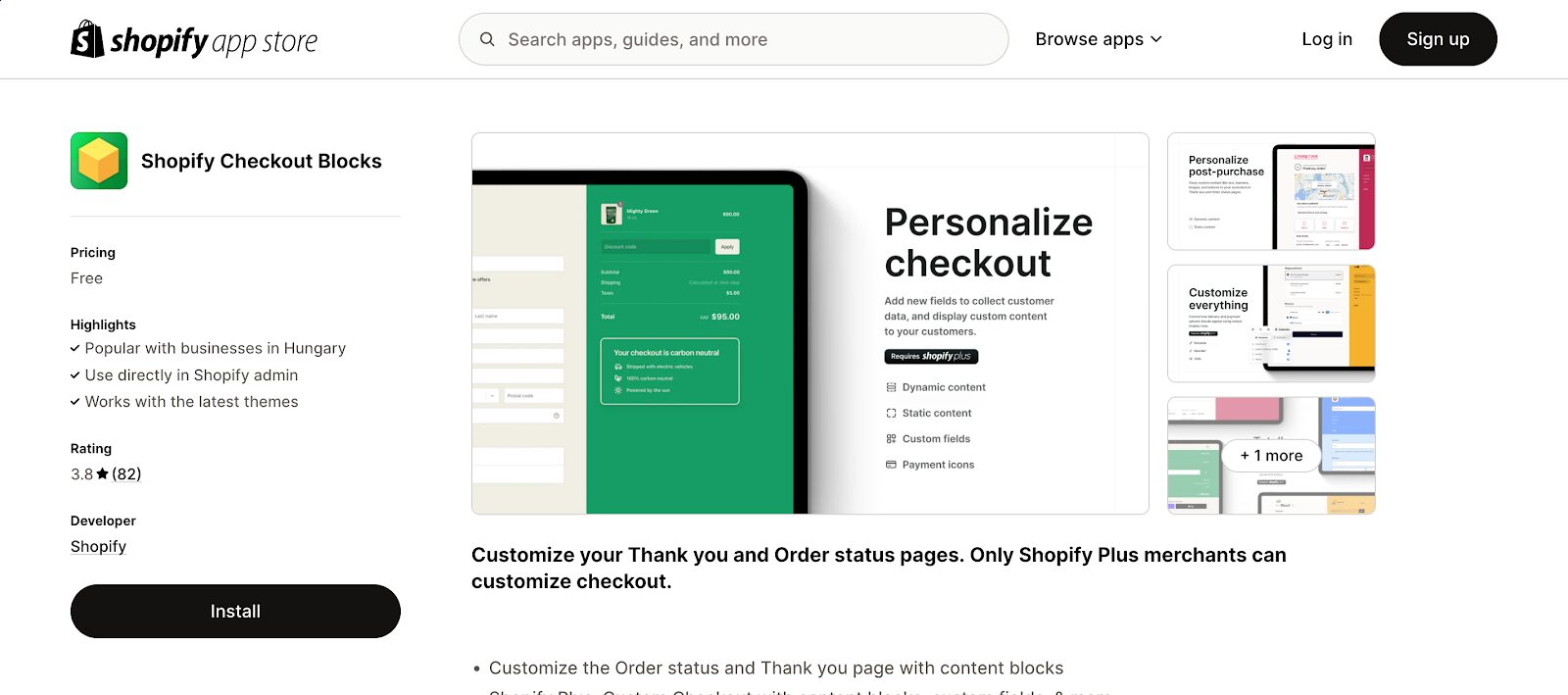
This tool gives you full control over the checkout experience. You can highlight urgency messages, show payment trust badges, promote upsells, and even incorporate personalized messaging—all without code.
A well-optimized checkout not only improves conversion rates but also boosts average order value (AOV).
14. 20.8% simplify returns with Loop
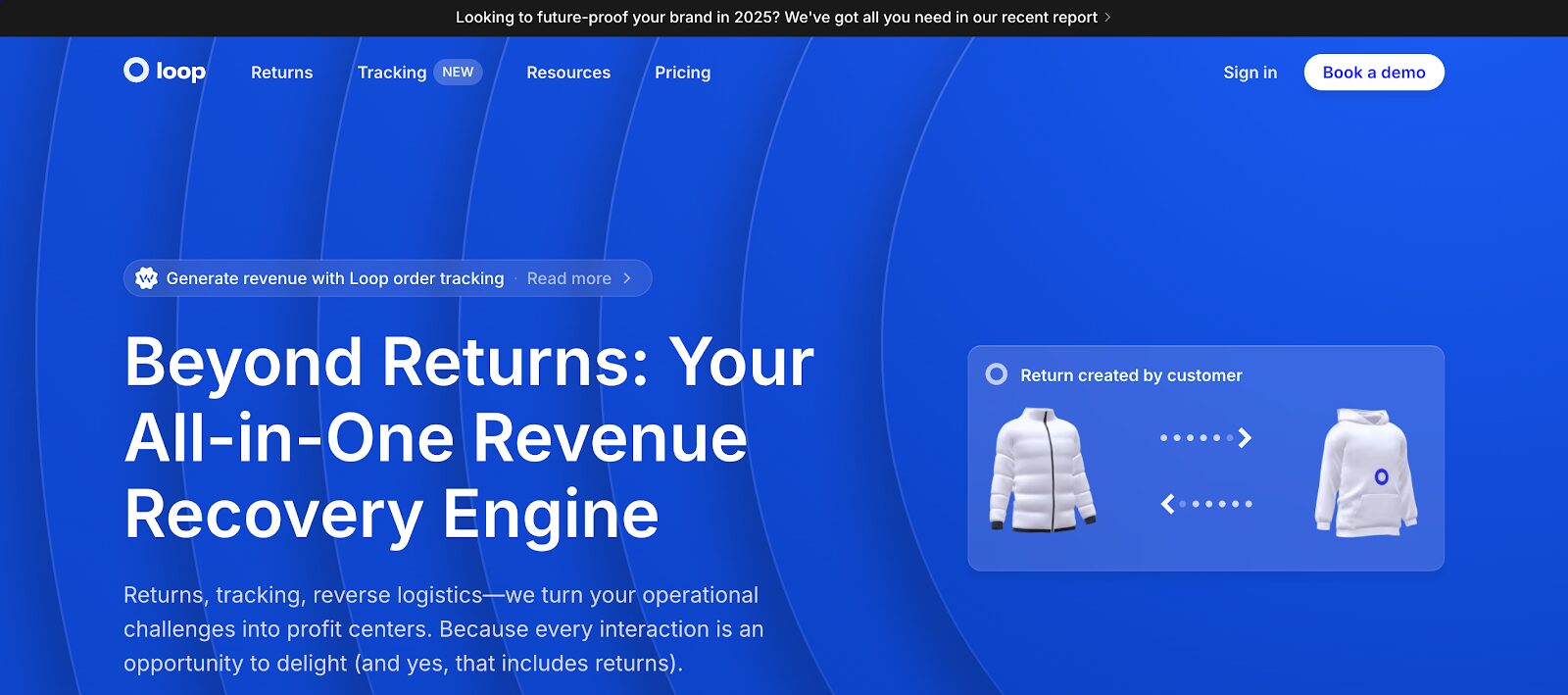
Returns are inevitable, but Loop turns them into an advantage. It simplifies the return and exchange process with a user-friendly portal that keeps customers happy. A clear and easy return policy increases purchase confidence—and happy customers are more likely to return.
15. 20.2% build loyalty with Yotpo
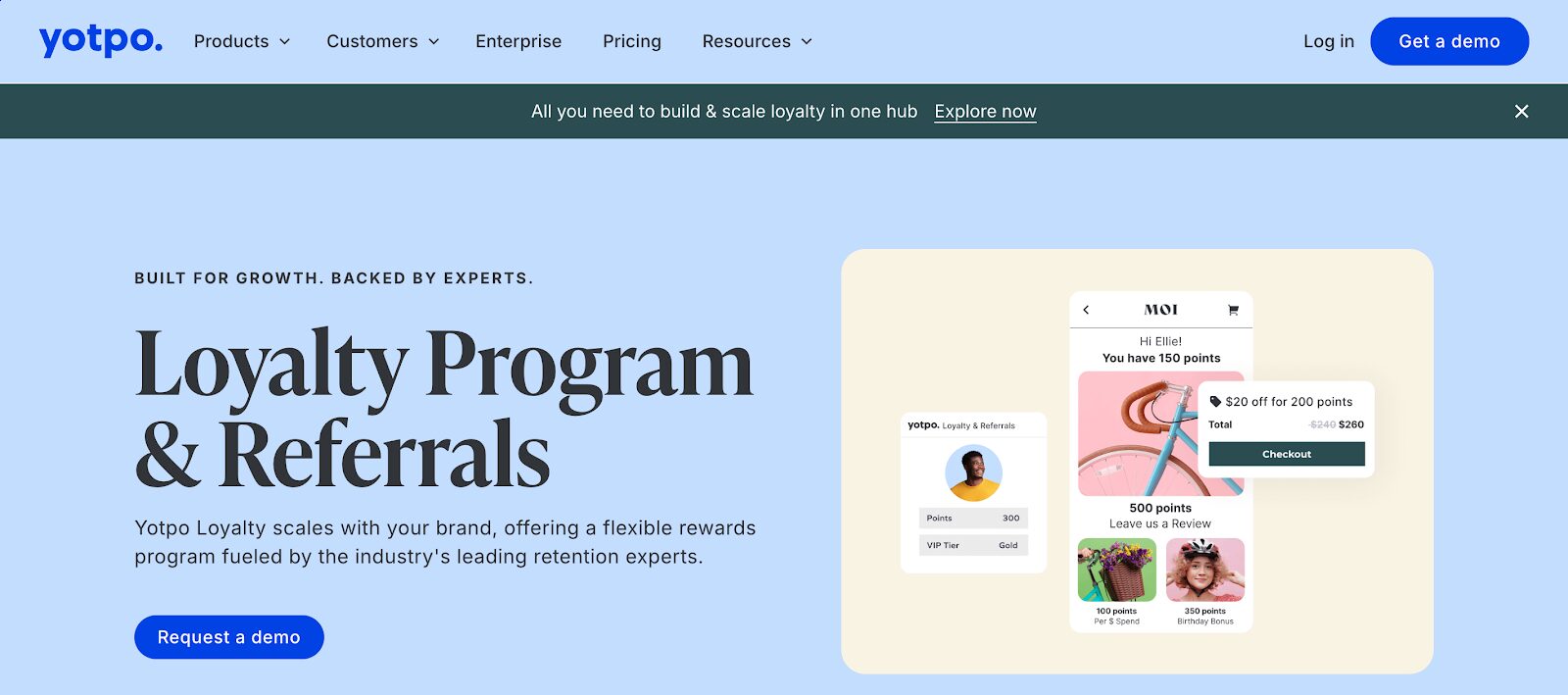
Yotpo is on our list of stats again, this time for their ‘Yotpo Loyalty’ tool, which helps turn one-time buyers into repeat customers. With customizable loyalty programs and referral incentives, you can drive long-term engagement and increase customer lifetime value. It’s especially powerful when paired with personalized rewards and VIP tiers.
16. 19.8% trust Elevar to clean up tracking
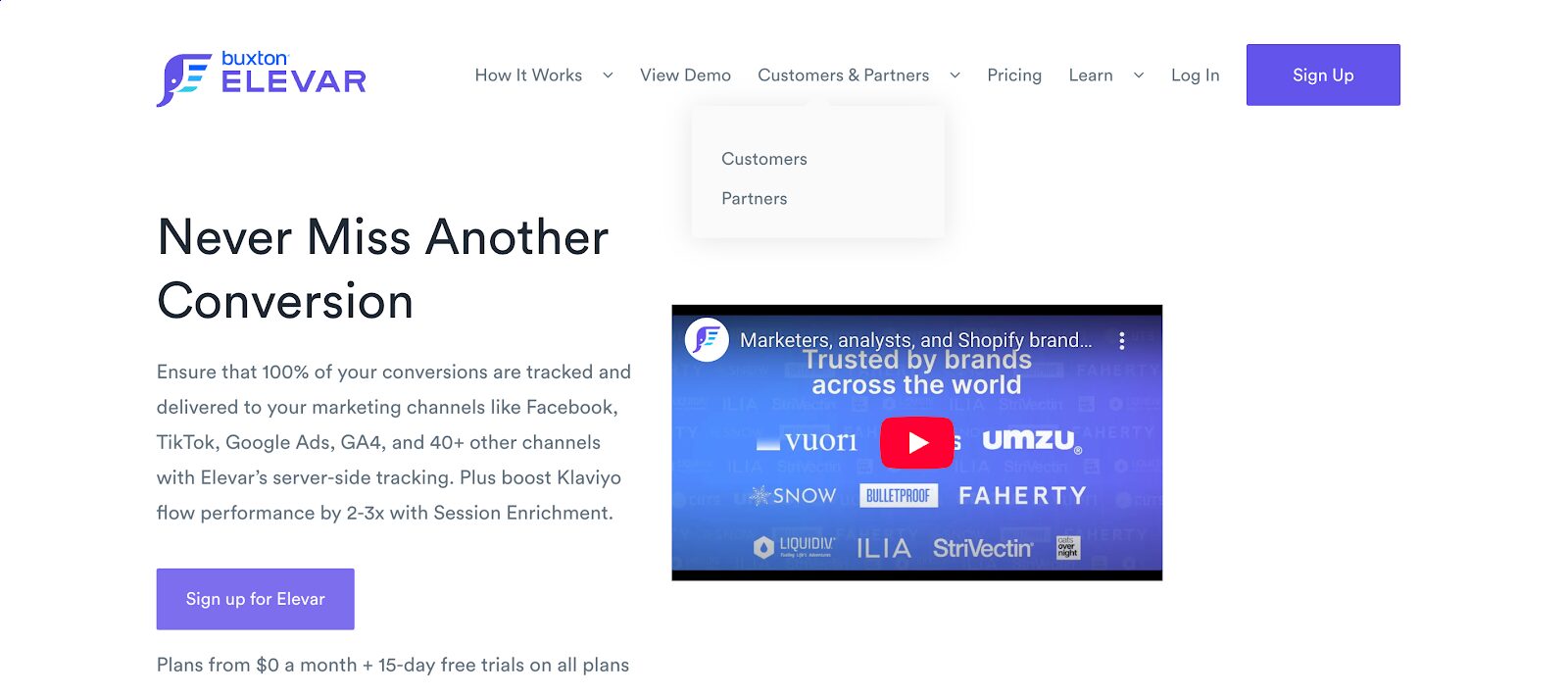
If you don’t have clean data, you can’t optimize effectively. Elevar ensures accurate conversion tracking by connecting your store’s event data to platforms like Google Analytics, Meta, and TikTok. It’s especially valuable for fixing attribution issues and making sure your marketing efforts are actually measurable.
FAQ
What’s a good Shopify conversion rate in 2026?
Most Shopify stores see an average website conversion rate between 1.5% and 3%. That’s considered a healthy baseline across most product categories. However, when you delve into conversion rate optimization statistics, you’ll find that top-performing stores—especially those investing in CRO consistently—often reach 4% or even higher.
How often should I A/B test?
Ideally, you should always be testing something. Continuous A/B testing allows you to make data-driven decisions, rather than relying on gut instincts or copying competitors.
This approach ensures that your marketing efforts are aligned with what truly resonates with your audience.
Aim to have at least one active test running on your site at all times—especially in high-impact areas like product pages, add-to-cart buttons, or your checkout process.
What’s the fastest way to improve CRO?
If you want to boost conversions, start with the basics: make sure your mobile experience is smooth—fast load times, easy navigation, and a frictionless checkout on mobile devices.
Then, improve your product descriptions by focusing on benefits and using persuasive, clear language. Finally, use targeted popups to capture emails, offer discounts, or prevent cart abandonment.
These small changes can lead to noticeable improvements in just a few weeks.
Recap
Conversion optimization doesn’t have to be complicated.
It’s about understanding what works and applying it in a way that fits your store and audience. These conversion rate optimization statistics show which tools and strategies are most effective for top Shopify stores in 2026.
If you start using just a few of the strategies mentioned here—whether it’s launching your first popup or running your first A/B test—you’ll already be ahead of most Shopify stores.
Keep testing, keep learning, and watch those conversion rates climb!
Migration has never been easier
We made switching a no-brainer with our free, white-glove onboarding service so you can get started in the blink of an eye.
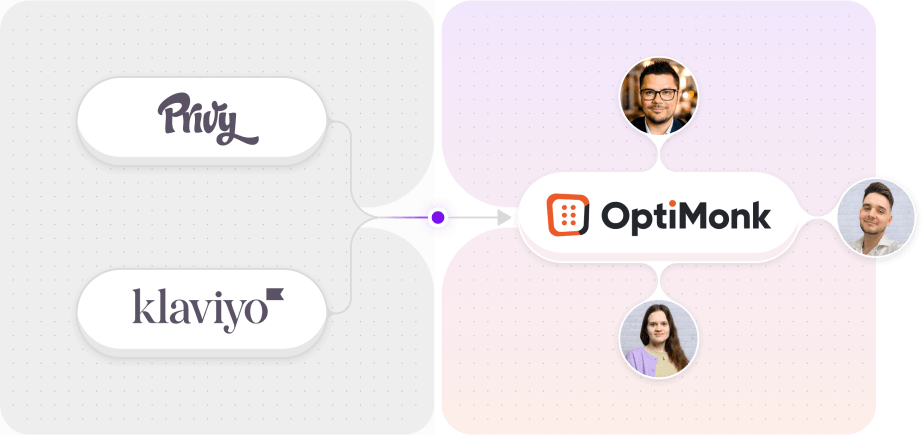
What should you do next?
Thanks for reading till the end. Here are 4 ways we can help you grow your business:
Boost conversions with proven use cases
Explore our Use Case Library, filled with actionable personalization examples and step-by-step guides to unlock your website's full potential. Check out Use Case Library
Create a free OptiMonk account
Create a free OptiMonk account and easily get started with popups and conversion rate optimization. Get OptiMonk free
Get advice from a CRO expert
Schedule a personalized discovery call with one of our experts to explore how OptiMonk can help you grow your business. Book a demo
Join our weekly newsletter
Real CRO insights & marketing tips. No fluff. Straight to your inbox. Subscribe now
Barbara Bartucz
- Posted in
- Ecommerce
Partner with us
- © OptiMonk. All rights reserved!
- Terms of Use
- Privacy Policy
- Cookie Policy













